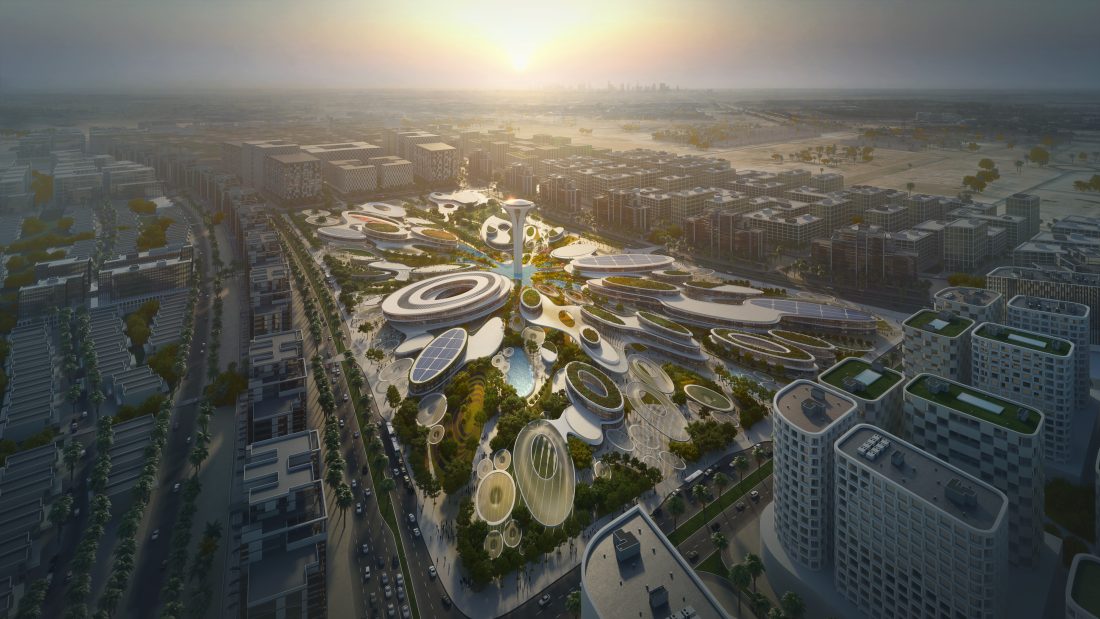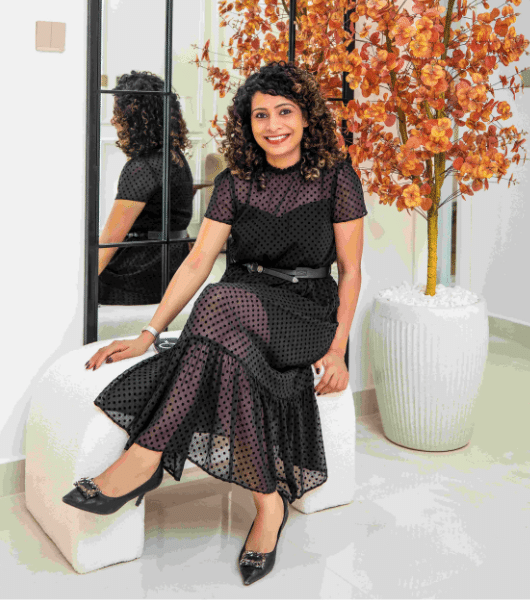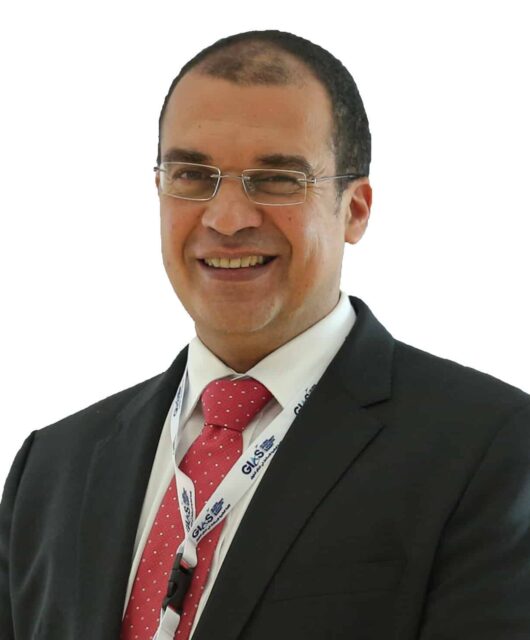“Sustainability is the key”
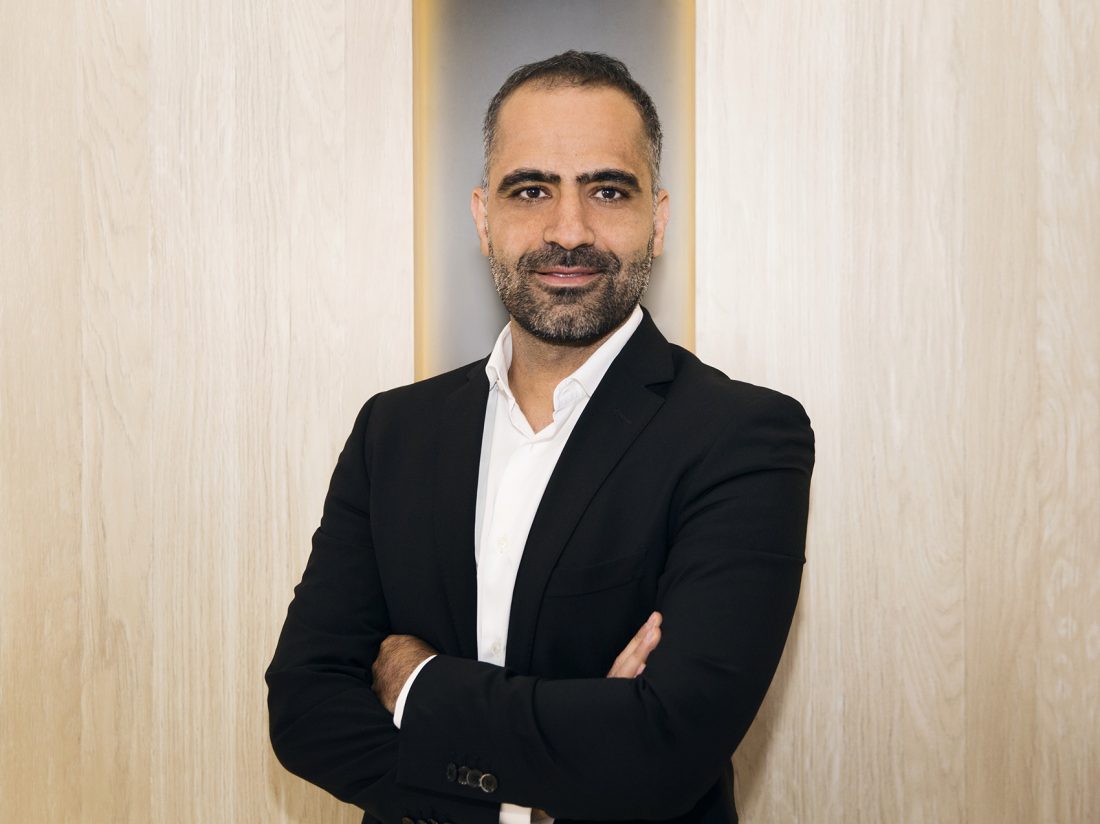 Elie Mrad, head of architecture, Arcadia Middle East talks about his current projects, the role of sustainability and technology in design, and working with Zaha Hadid’s team for the ARADA’s sales centre in Sharjah
Elie Mrad, head of architecture, Arcadia Middle East talks about his current projects, the role of sustainability and technology in design, and working with Zaha Hadid’s team for the ARADA’s sales centre in Sharjah
What inspires your work?
I derive my inspiration from the complexity of the everyday life in which we are living, which is associated with the continuing rapid development of technology. For instance, that complexity includes the way we navigate an urban environment on a daily basis, as well as the interaction and communication between humans and built structures. The ongoing evolution of those factors, and their impact on architecture, is a major inspiration for me. In addition, I also draw inspiration from art, whether it’s music, film, dance or architecture. For example, when I watch a film, I see actors outlining a role in the same way that architects design a space. If I’m watching a science fiction film, I try to imagine the future of architecture through the film’s scenery and plot. I am also inspired by the thought that others might be able to benefit or use my architectural work for their own ends. All these clearly show how my professional life merges with my personal life.
Briefly, explain your role in Nasma Residences and Aljada project?
I am proud to be working on two major projects here in the UAE, both are by master developer ARADA. Nasma Residences and Aljada are two communities that are designed to inspire, engage, and excite their residents, while also proposing an optimistic look at the future of contemporary architecture. Aljada, in particular, is a fascinating project in many ways, not least because it is Sharjah’s largest-ever project, spread over a 24mnsqft, and is designed as a ‘city within a city’. My role in both projects is to establish a design concept and manage the design to achieve ARADA’s requirements. The role is challenging as it involves full co-ordination with all sub-consultants to meet demanding deadlines.

You are also working closely for with Zaha Hadid’s team on ARADA’s Sales Center, share some interesting design aspects of this project.
Earlier this year, Zaha Hadid Architects (ZHA) won a global competition to design Aljada’s Central Hub, a 17.6ha leisure, entertainment, and cultural complex that is the heart of the megaproject. ZHA’s winning entry conceptualises the moment a water droplet strikes the earth’s surface, captured in an array of elliptical buildings designed to channel prevailing winds into civic spaces and courtyards to facilitate cooling during the summer months. ARADA’s hi-tech and experiential sales centre is the focal point of the first phase of the Central Hub, which is due to be completed by the end of this year. From a personal point of view, I’ve been closely working with the ZHA team on this project, which is very interesting.
The building is well integrated within the Central Hub master plan and is well positioned to generate active outdoor spaces. The architecture of the sales centre is far from modernist, but the use of glass in elliptical form takes the building to the next level, and the relationship between indoor and outdoor is transparent and very well-defined. The glass wall creates a transparent layer and unclear boundary between the inside and outside, while the glass wrapping the spaces forms continuous elevations, uninterrupted by corners. As a result, the visitor experience will also involve interacting with outdoor events taking place outside the sales centre. One of the major design elements is a canopy that sits on top of the glass, which helps to make the building look light and attractive in terms of design aesthetic.
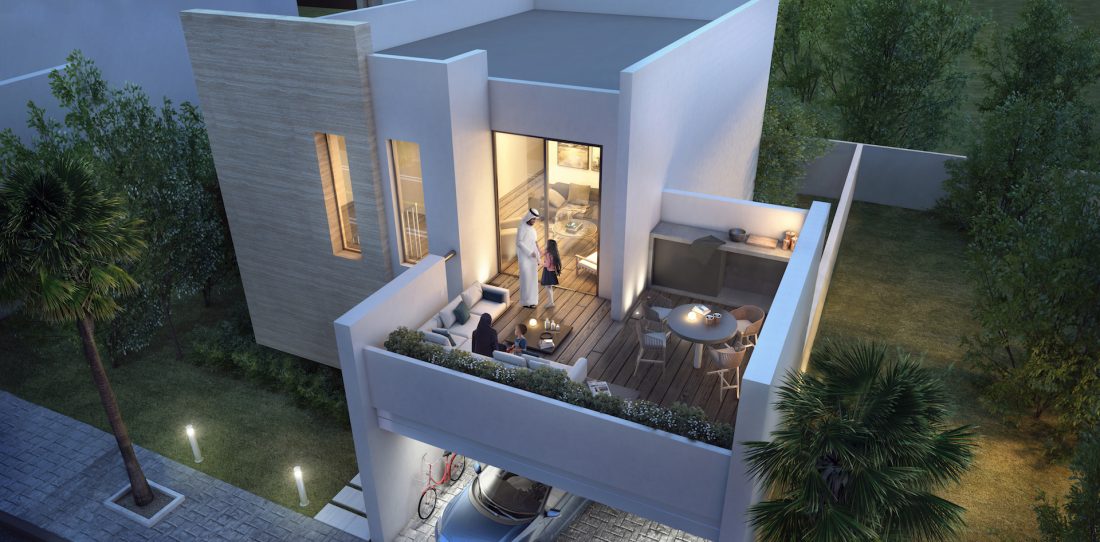
Do you have a favourite phase of the design process?
My favourite phase is the concept stage, as it allows the architect to explore and test ideas. The concept stage is complicated in terms of components and factors that architects have to take into consideration, but in my opinion, the major factor here is that a simple outcome should be achieved by the time the concept stage is completed. In other words, architects should strive for simplicity.
Do you have any best practice for helping your clients in building sustainable residential and commercial projects? Sustainability is the key to everlasting architecture; all architects should endeavour to remain up to date with the latest approaches and theories, research, and methods of practical application in this field. It is vital that environmental considerations are integrated into all habitable spaces. In terms of architecture, the best practice for incorporating sustainable buildings into a project is to find a design equation between energy efficiency, building materials and waste management system.
